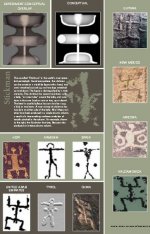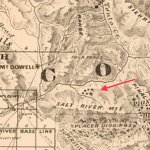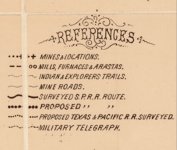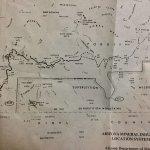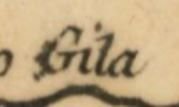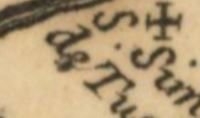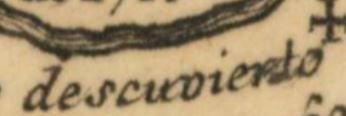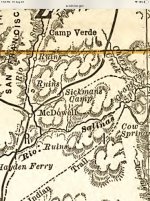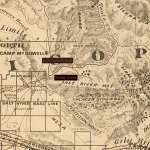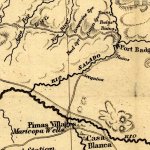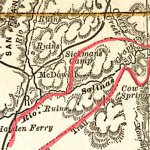Hal Croves
Silver Member
- Sep 25, 2010
- 2,659
- 2,699
Good info Pot Belly - also if you take a look throughout the whole map from Princeton you'll find various other rivers with similar symbols...
View attachment 1745408View attachment 1745409View attachment 1745410
The O has a line through it unlike the others,, but you are correct.
What about the R?
It looks as if it were drawn over something and I don't see another R written this way.
The reason I ask is the location.
If it were something other than a smudge, that would be in the area of Tortilla Flat.
It may be hopeful thinking, but The R is not drawn that way on somehiker’s map.
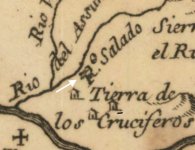
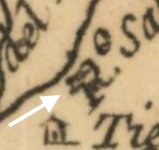
Last edited:


